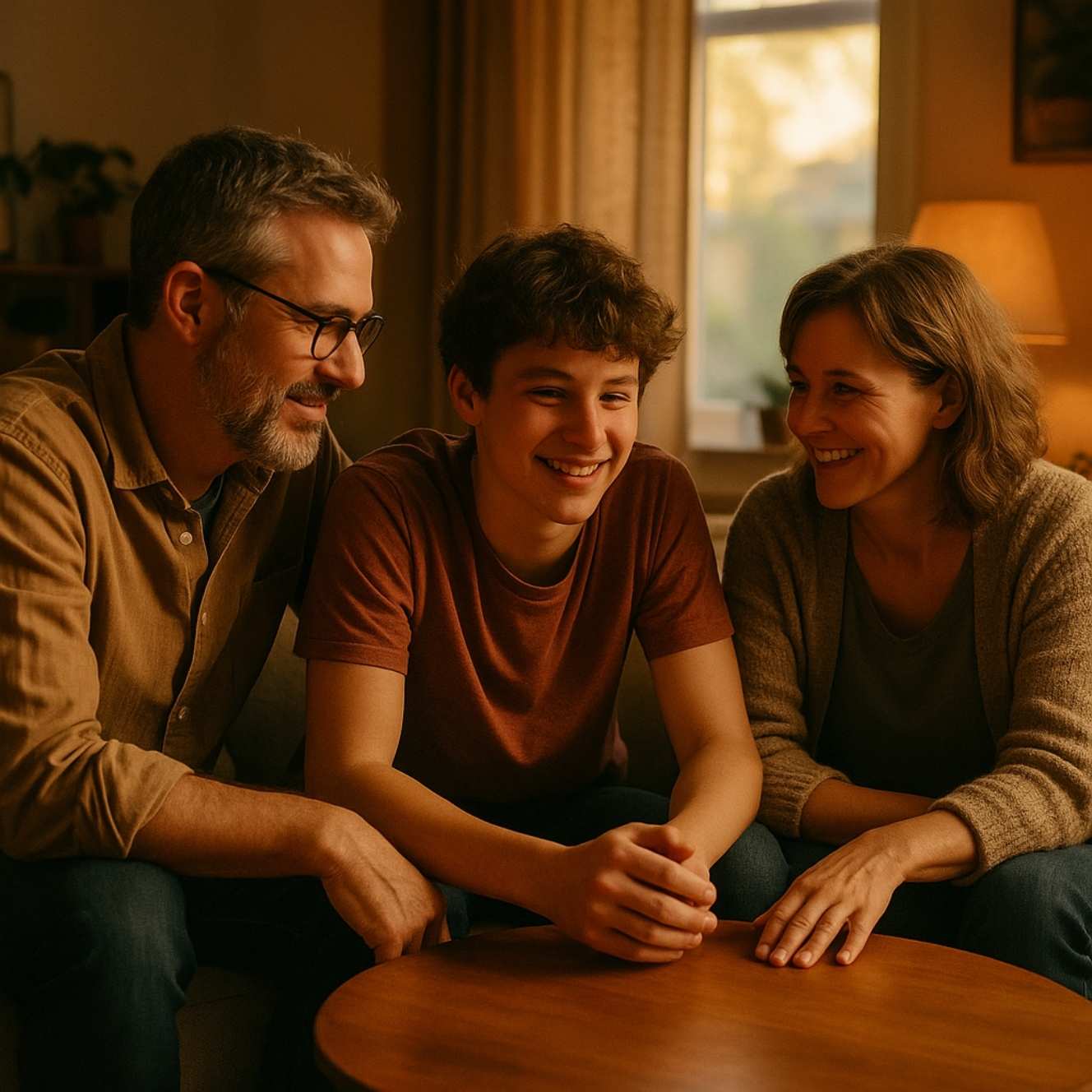Introduction
Relationships are one of the most exhilarating parts of adolescence—and one of the trickiest. As hormones surge and identities take shape, friendships deepen, first crushes blossom, and peer groups set new rules of belonging. At the same time, teens are still learning to read social cues, regulate emotions, and stand up for their own values. Technology raises the stakes: one awkward text or viral post can feel like the end of the world. Because connection is central to well-being, adults who coach teens through these formative bonds can profoundly influence their confidence and mental health. This article equips parents, educators, and mentors with concrete, research-grounded ways to help teenagers cultivate relationships that are healthy, respectful, and emotionally safe.
Understanding the Teenage Relationship Landscape
Friendships, romantic interests, and broader peer circles form overlapping ecosystems in a teen’s life. Recent national surveys suggest that today’s adolescents date less frequently than previous generations, yet they place a higher emotional premium on close friendships. Strong peer bonds correlate with better mental-health outcomes—and the quality of those bonds often matters more than the quantity of social-media interactions.
Puberty ushers in a swirl of biological changes that heighten sensitivity to acceptance and rejection. Simultaneously, social-media feeds stoke comparison and FOMO, and the average teen now spends multiple hours a day online. Emotional challenges—peer pressure to date, jealousy over perceived slights, insecurity about likes and follows—can spike overnight. Adults who recognize these pressures can normalize them, reduce shame, and offer skills to cope.

Encouraging Open Communication
The single greatest gift an adult can give a teenager is a judgment-free ear. Teens are more likely to share concerns when they sense genuine curiosity rather than interrogation. Start small: comment on a movie’s storyline, ask about a friend’s latest win, or share a neutral observation (“I noticed you’ve been texting Jordan a lot—looks like you two have fun banter”). These doorway questions invite conversation without prying.
When deeper topics emerge—consent, respect, digital boundaries—listen first, validate feelings, then explore options together. Use open-ended prompts (“How did that make you feel?” or “What do you think would make that situation better?”) to help teens practice reflection. Equally important is knowing when to step back. Non-verbal cues such as curt answers or closed body language often signal a need for space; promise to revisit later and keep that promise. Over time, consistent, empathetic listening builds the trust teens need to bring forward the tough stuff.

Modeling Healthy Relationships at Home
Long before teens form their own partnerships, they study how adults handle affection and conflict. Parents who speak respectfully, apologize when wrong, and collaborate on solutions plant seeds of emotional safety. Let teens witness a calm negotiation over household chores or a constructive de-escalation after a disagreement. Explain your thought process aloud: “I was frustrated, so I took a break to cool off before continuing the conversation.” This metacognitive narration demystifies emotional regulation.
Share age-appropriate stories from your past—both wins and mistakes—without turning them into lectures. A father who recalls misreading a friend’s boundaries and what he learned sets a powerful precedent: relationships are learning labs, not perfection contests. Research consistently shows that teens internalize these demonstrations; empathy and healthy conflict resolution at home shape their expectations for peer and romantic behavior.

Teaching Emotional Intelligence and Boundaries
Emotional intelligence (EI) equips teens to label feelings, understand triggers, and respond constructively. Start with a feelings vocabulary beyond “fine,” “mad,” or “stressed.” Encourage teens to name subtle emotions—“disappointed,” “proud,” “anxious anticipation”—and pair them with bodily sensations. Role-play scenarios: turning down an invitation respectfully, expressing excitement without overpowering a quieter friend, or negotiating time offline with a dating partner.
Boundaries are a natural extension of EI. Clarify that healthy relationships honor mutual consent—whether that means borrowing a hoodie or sharing a password. Teach practical scripts: “I’m happy to hang out, but I’m not ready for daily FaceTime calls,” or “I need some quiet time after school.” Reinforce that saying “no” to protect emotional or physical comfort is not rude; it is responsible. Emphasize reciprocity: teens should respect others’ limits with the same courtesy they expect.

Addressing Toxic or Unsafe Relationships
Despite guidance, some relationships cross into unhealthy territory. Warning signs include possessiveness (“Who were you texting?”), isolation from friends, or guilt-tripping (“If you loved me, you’d…”). Studies indicate that a significant number of high-school students who date experience some form of psychological or physical abuse each year.
Approach concerns with calm curiosity rather than immediate judgment: “I’ve noticed you seem stressed after hanging out with Alex. How are you feeling about the relationship right now?” Validate emotions before offering feedback. If the teen acknowledges red flags, brainstorm exit strategies together—blocking a number, seeking help from a counselor, or arranging group gatherings instead of one-on-one meet-ups. Document evidence of threats or harassment and know local reporting protocols. If a teen resists help, keep communication lines open, emphasize their right to feel safe, and loop in school counselors or mental-health professionals when necessary.

Conclusion
Adolescence is a dress rehearsal for adult intimacy. By offering steady guidance—listening without judgment, modeling respect, teaching emotional granularity, and intervening when harm appears—adults give teenagers the toolkit to build relationships rooted in trust and empathy. No one masters these skills overnight; they require practice, missteps, and plenty of do-overs. When parents, teachers, and mentors stay engaged, teens learn that healthy connection is both possible and worth pursuing. Keep the dialogue going, celebrate growth, and remember: every supportive conversation plants a seed for lifelong relational well-being.





